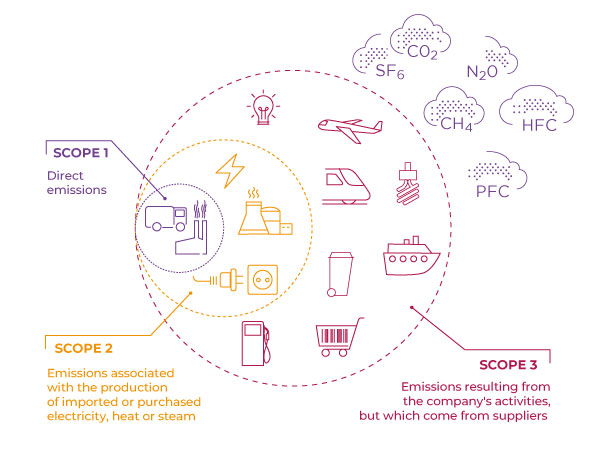
To steer an environmental management strategy, an organization needs relevant indicators that enable it to measure its results, as well as compare them with those of its competitors.
To measure your organization’s environmental performance, nothing beats a multi-indicator dashboard. All ISO 14001-certified entities go through this exercise. However, for the data collected to be meaningful, they must reflect standardized indicators that are simple, relevant and adapted to the business sector. Without harmonized indicators, it’s impossible to highlight progress or regression, impossible to compare, impossible to rank.
These key performance indicators are very useful for communicating an organization’s environmental commitment. They can also be used by investors, consultancies, NGOs and public bodies to draw up their own environmental ratings: vehicle pollution rankings, ranking of the most polluting companies, ecological scorecards for energy suppliers, etc. A healthy emulation, sometimes disturbing, but designed to increase the company’s overall environmental performance.
Choosing and building your environmental performance indicators
The GHG Protocol (Green House Gas Protocol) is the oldest standard for accounting greenhouse gas (GHG) emissions. It served as the basis for NF EN ISO 14064 ” Quantification and reporting of greenhouse gas emissions for organizations “. It distinguishes three main groups of indicators along the supply chain:
- direct emissions (scope 1) ;
- emissions associated with the production of imported or purchased electricity, heat or steam (Scope 2);
- emissions resulting from the company’s own activities, but originating from suppliers (scope 3).

However essential climate performance indicators may be, they are far from the only way to define an organization’s ecological footprint. The voluntary standard NF EN ISO 14031 specifies guidelines for the design and use of environmental performance assessment (EPE) within an organization. It recommends the use of three types of indicators:
- environmental management performance indicators (PMIs): for example, the number of hours of environmental training given to staff, or the percentage of environmental targets achieved;
- environmental performance indicators (EPIs), such as kWh of energy or tonnes of toxic waste per unit produced;
- Environmental condition indicators (ECI), such as the weight (in mg) of heavy metals per cubic metre of water, or CO2 emitted per working hour.